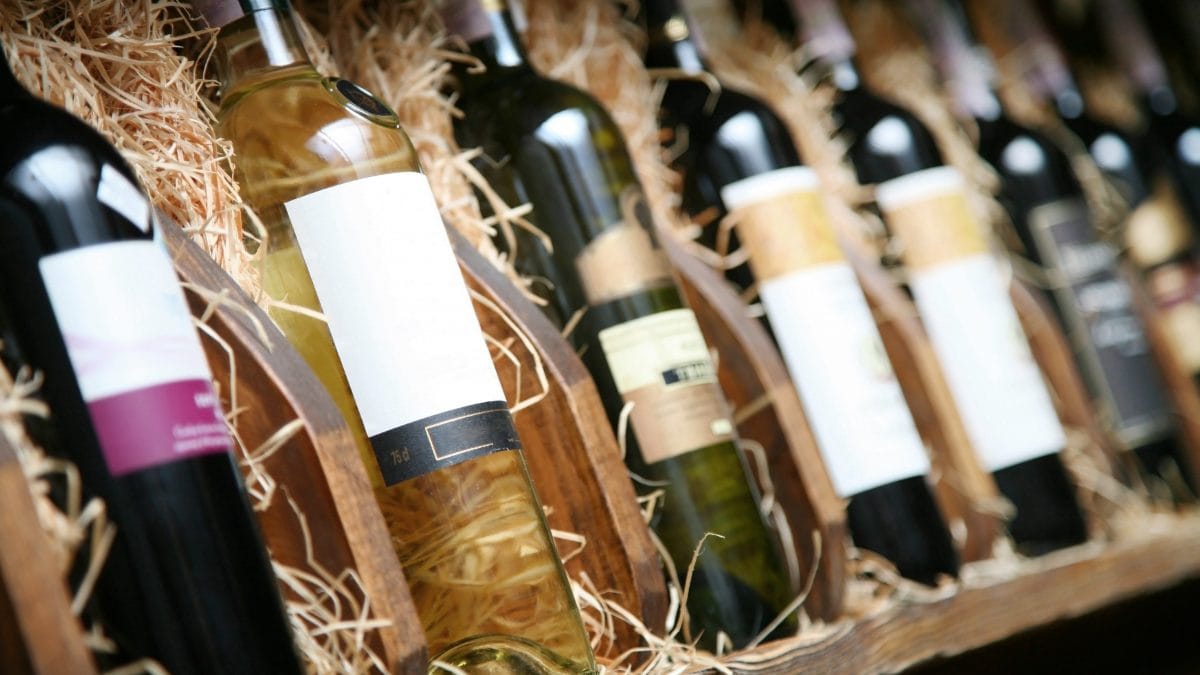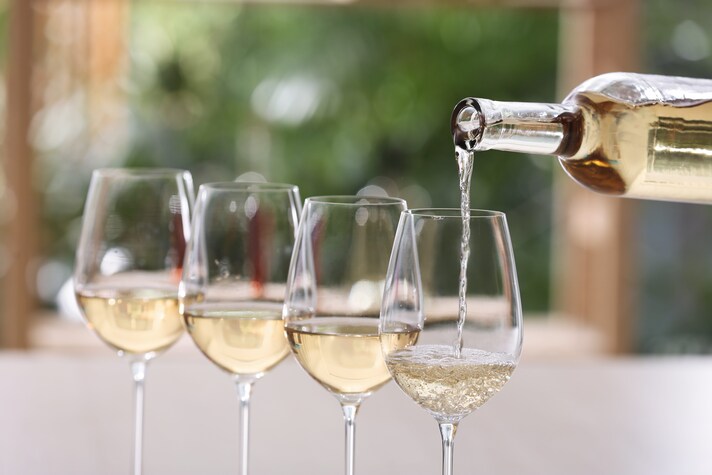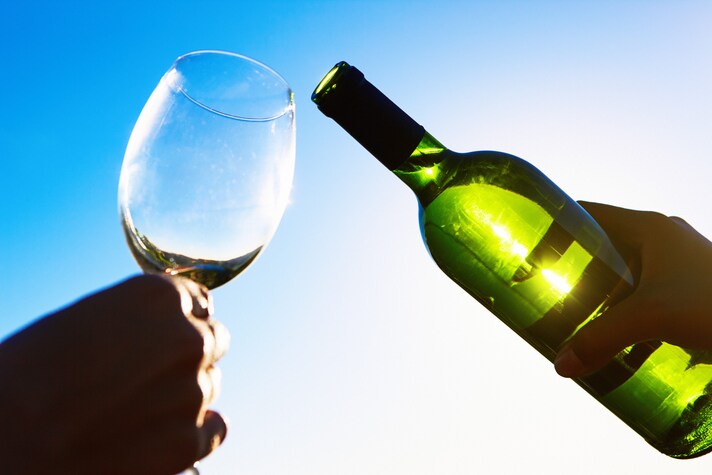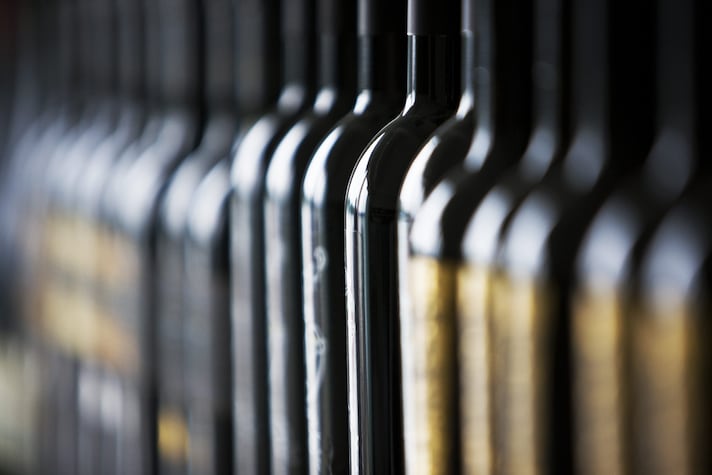
Whether you are a regular wine drinker or just a glass every now and then, you will probably have wondered why bottles very often have different shapes and colors when choosing a bottle at the grocery store, at the wine shop, or when pouring it into a glass.
We have bottles with more or less rounded lines, thin or soft. We have bottles with the most varied colors: from those that are simply transparent and more suitable for white wines to those that are more or less dark, opaque, tending towards black or green. Why these chromatic differences? Is there a specific reason or is it just a mere aesthetic choice on the part of the producer? Obviously, spoiler alert, there is a specific reason to explain these differences.
Going back in time, when wine began to be marketed in bottles, green was the predominant color of glass. There was no specific reason behind this choice, which, in fact, was not a choice. In fact, after being blown, the glass took on a greenish color due to impurities (mostly iron) “absorbed” during the processing phase. Depending on the quantity of these “extra” substances, the glass could also tend towards brown.

Far different times: today, thanks to the improvement of bottle production techniques, it is possible to choose in advance which shades and chromatic nuances to give to the bottle. Which, in fact, in addition to being totally transparent, can also be green, brown or tending towards black, therefore particularly dark.
The Reasons For Bottles' Colors
Today everything is specifically designed to guarantee optimal conservation of wine, to protect it as much as necessary from sunlight, the true enemy of Bacchus' nectar as it is capable of altering its qualities. The greatest danger, in this case, is the development of free radicals in the liquid with consequent oxidation of the wine itself.
1. Clear Bottle

A clear glass bottle is used to store young white wines, to be drunk in a short period of time and that do not require a period of aging. These bottles obviously do not offer great protection, but it is based on the fact that the wine will be consumed within a short time from its bottling.
2. Green Bottles

Of more or less dark shades, green bottles generally contain whites destined for a brief period of aging, or reds that must refine for a short time in the bottle. These are wines that, in a more or less long period of time, mature after being bottled and therefore need greater protection from light sources.
3. Black or Brown Bottles

The darkest, the most suitable for preserving wine from the sun. These are bottles that, in most cases, contain reds that require a particularly long aging period.
That said, whatever wine you buy, from the freshest white to be drunk young to the (even more so) red destined for aging, the important thing is to remember to store the bottles in a cool place, away from sunlight.
;Resize,width=767;)
